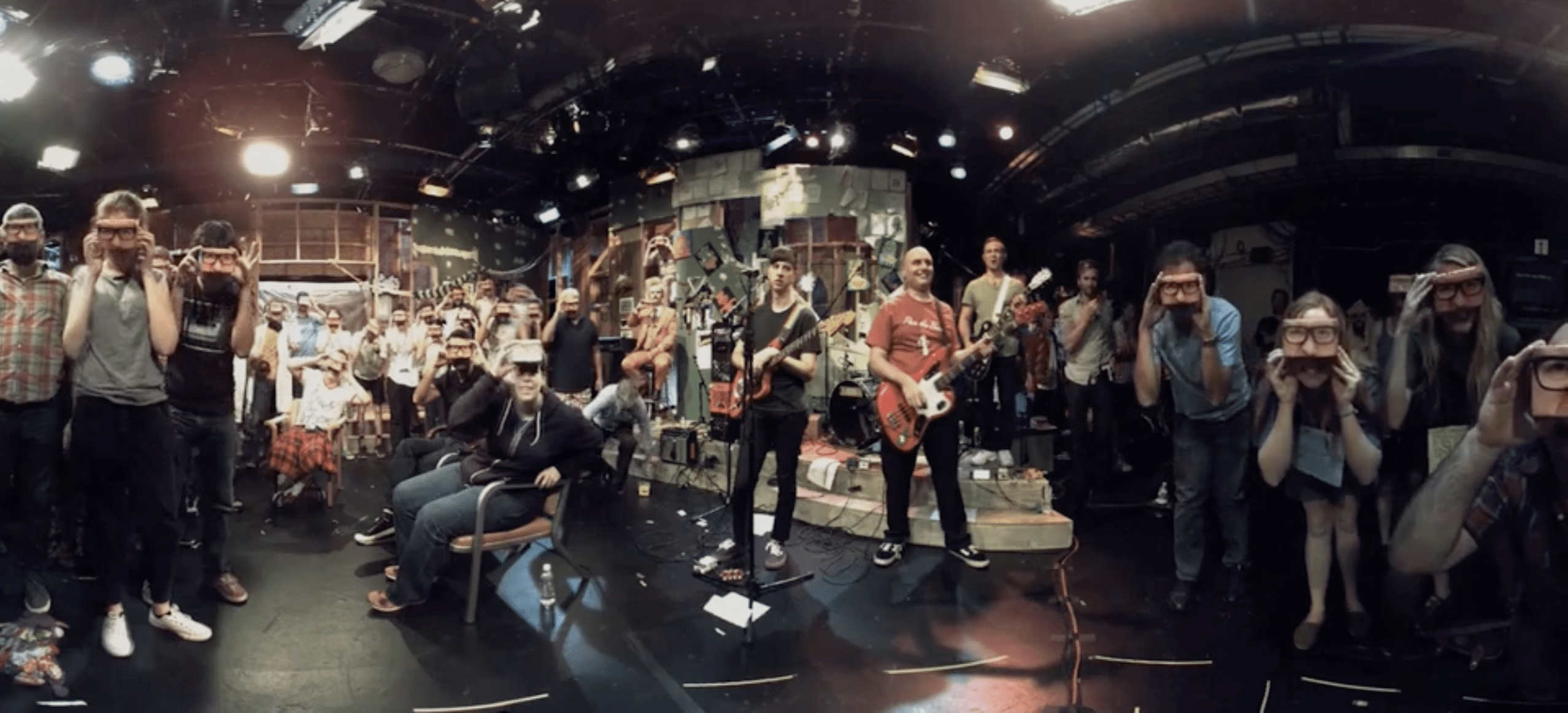
How Media Party Miami advances journalism with collaboration and innovation in storytelling
Mariana Santos is the interactive and animation director at Fusion and the Knight Innovator in Residence at Florida International University’s School of Journalism and Mass Communication.
Miami is fast becoming a center for innovation. Entrepreneurs and investors are showing the rest of the world what a tech hub of the future looks like. Knight Foundation, together with the International Center for Journalists, the John S. Knight Journalism Fellowships at Stanford University and Florida International University are investing in Miami, and helping attract talented people from Latin America, across the U.S. and around the world. Miami’s diversity is one of its greatest strengths. People from different backgrounds and with different ideas are building a community here unlike anywhere else.
Earlier this month, we held the Media Party Miami to replicate the success of the original event in Buenos Aires, bringing together the women and men making waves in design, film, music and journalism. This year media organizations from Argentina, Brazil, Cuba, Mexico and Venezuela attended, while Fusion, Univision and the New Tropic represented Miami’s media scene.
The LAB Miami in the Wynwood Arts District was the ideal venue for the Media Party. Not not only is it home to Wyncode Academy, which is training scores of future developers, but it also houses the offices of dozens of creative startups.
We kicked off the Media Party with Robert Hernandez, a veteran web journalist and associate professor at the University of Southern California. Robert showed us how augmented reality and virtual reality are creating a new kind of storytelling, “immersive journalism.” Dan Archer, founder of Empathetic Media, followed up with a session on using the Unity game development platform to create 3-D storytelling experiences. He even showed how to create 3-D models of people with a digital scanner. Alberto Cairo, Knight Chair in Visual Journalism at the University of Miami, gave a rundown on data visualization, and Nuno Vargas, founder of DataStory, explained “design thinking” and why we need it. Olman Hernandez of Fusion Interactive showed us how the company uses 360-degree video, and Knight Fellows from Stanford explained the program.
The next day we held back-to-back workshops on digital skills. Dan Zajdband, a Knight-Mozilla Fellow with The Coral Project, showed how we can create 3-D environments in browsers. We also had workshops on 3-D modeling, animation and coding.
Florida International University hosted the event, and student involvement was key to its success. The FIU students learned how to plan and run an event, and used their skills in design and digital creation. From administration, to interviewing, to production of the wrap-up film the university’s students were involved every step of the way.
We learned a few important lessons. The Hacks/Hackers group in Buenos Aires that sponsors the original Media Party has more than 5,000 members and is much older and more established; we can’t just transplant the same event from Argentina to Miami without doing more work to inform the community first.
By comparison, Hacks/Hackers Miami has about 500 members. We drew more than 200 people to last year’s Media Party Miami event, and about 120 people this year. Going forward, we will put more work into promoting the opportunities so people know what they can expect from an event like this. However, we’re excited about the possibilities, and believe that this event was a great story. We’re looking forward to next year and hope more of you will join us.
Follow Mariana Santos on Twitter @marysaints.
Recent Content
-
Journalismarticle ·
-
Journalismarticle ·
-
Journalismarticle ·


